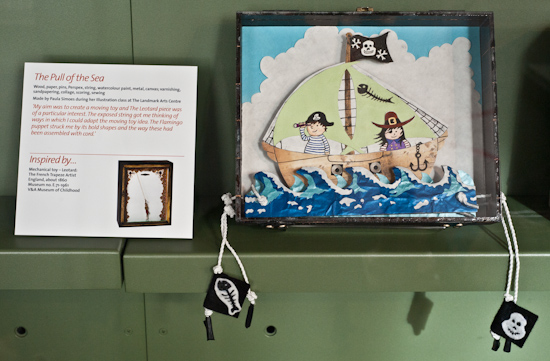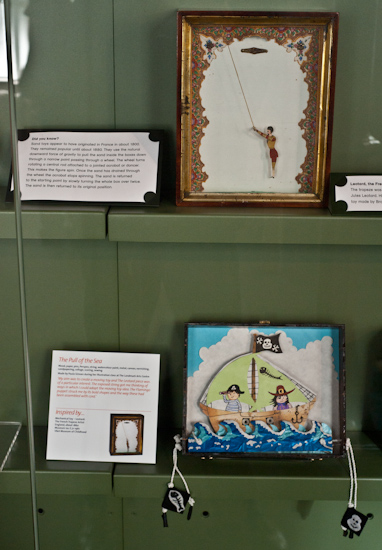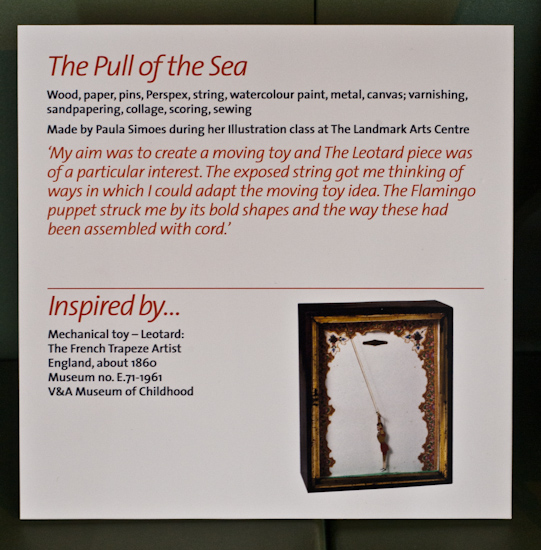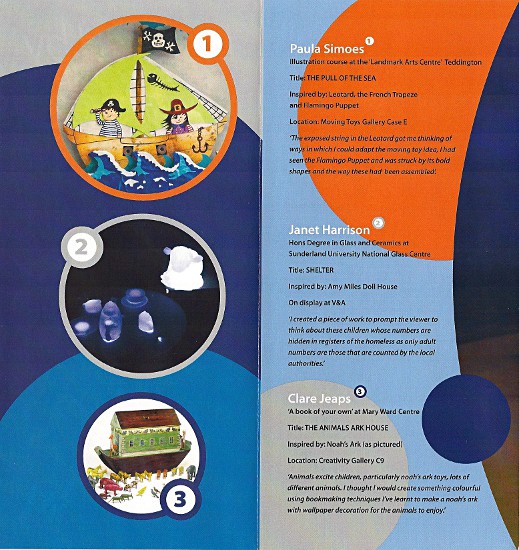One of our hand-drawn London artists, Paula Simoes, discusses the process of creating her map and where it led her..
The prospect of creating a hand-drawn map of London was compelling from the start. This was an opportunity for individuals to depict their own interpretations of the city, a personal response allowing unique observations and experiences to shape each map. The first step was deciding which perceptions to include -filtering these out from a cornucopia of memories and interactions with my native city. Introducing a theme helped me do just that. Toilets were an obvious subject matter to portray, not only did they provide a practical use for the map but also a connection with a shared human experience.
’Selected Loos of London’ is a cartographic offering that we can all relate to, its very topic makes sure of this, yet I was somewhat unprepared for the degree of reaction the representation of lavatories would incite. Although many of the toilets featured in my piece cannot be classified as public conveniences, some are, and this has led individuals to express concern about the dwindling number of such facilities in the capital.
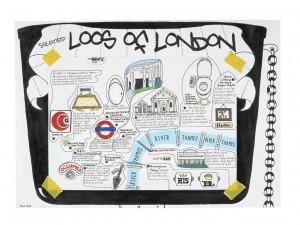
Selected Loos of London by Paula Simoes
In their Victorian heyday numerous public toilets were built. Architects and engineers ensured that these constructions were of the highest standard, complying with the wishes of local authorities. Civic pride dictated that quality materials like decorative tiles, copper and marble were used. However, in time many of these facilities proved too costly to maintain and so the seed of decline was sown. Cheaper materials were introduced when repairs were carried out, accelerating further deterioration. In addition, a dilapidated appearance often attracted vandalism, making costs soar all the more. When you consider these maintenance expenses, place them within the context of the current economic climate where government cuts prevail, and couple this with the fact that councils do not have a statutory duty to offer public toilet provision, it is hardly surprising that it is not regarded as an immediate priority. Closures appear to be an appropriate option. Yet the truth remains; in a populous global city such as London, the lack of sufficient public toilets has broader public health and environmental repercussions which also come at a cost. Given these wider potential negative effects, closures are not a straightforward solution.
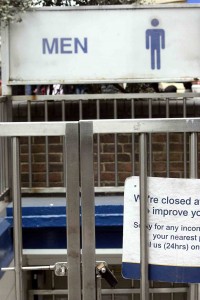
Waiting for maintenance work to commence – the indefinite closure of Great Marlborough Street public toilet. Photograph by Paula Simoes
Creating ‘Selected Loos of London’ forced me to reflect on my own experience of toilet searching. As the mother of a young child, there have been numerous times when I have had to find the nearest lavatory. A limited amount of toilet provision hits the young, those less mobile and the elderly hardest. The latter group is of notable concern when you consider London’s ageing population. Blue Badge Tourist Guides, for example, have found that a large number of people willingly reduce hydration while out in order to avoid the hassle of searching for a loo. Research has also found that inadequate toilet provision causes people to cut journeys short or compels them to stick to familiar routes. In some cases it leads to anxiety before an individual is even out of their own front door. Consequences such as these threaten quality of life. As the impact of the decline in public toilets increases, so does the concern of individuals.
In 2006 concern for public toilet provision was already so great that the London Assembly put together its own report regarding the issue. Since then, concern has increased so much as to warrant a second report -due to be published this spring. The first report found that the number of public toilets had already fallen by up to 40% in the previous five years. With the steady increase in closures since then, the upcoming report will no doubt reveal an alarming statistic in relation to the capital’s remaining public loos. There appears to be a real need to readdress this issue, reassess findings and refurbish existing facilities. Furthermore, we need to redefine attitudes towards the humble public toilet.
Although somewhat costly, refurbishment makes practical and relative financial sense. Last week I visited the Portobello area where I was heartened to see two refurbishment projects taking place. Both sites are scheduled to reopen in May. Over the years a string of minor repair works had kept the Bevington Road toilets working but its appearance was decidedly run-down. The premises on Talbot Road were closed in 2000. It is remarkable to think that Portobello, one of London’s main tourist destinations (and popular with Londoners alike) has been without decent public toilet provision for so long. I visited the area’s Street Trading Office which displayed information regarding the refurbishments and included architectural drawings. The public had recently been invited to consider four cubicle tiling options and drop feedback forms stating preferences or relevant ideas in a suggestion box. I strongly believe that this is the kind of two-way communication that needs to be had if public toilets are to survive in London. As I photographed the Talbot Road site I was struck by a particular detail -someone had given the female symbol above the ladies’ toilets its very own speech bubble. This speech bubble was peeling away at the corners, the words it once housed had faded long ago, leaving it entirely empty. Poignantly, I felt as though I was looking at a visual representation of the need for dialogue.
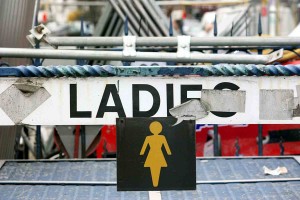
Talbot Road refurbishment. Photography by Paula Simoes
We must consider all viable options if real dialogue is to be established. One recent development has been the introduction of the Community Toilet Scheme. The scheme sees local businesses allowing members of the public to use their facilities free of charge. Those businesses taking part are given a cash incentive in order to provide this service. Although I welcome businesses opening up access to toilets, it is worrying if this works as a substitute to standard provision. Despite participating businesses displaying window stickers, they are still difficult to find. Smaller premises (especially those in the city centre) often struggle to cater for the additional number of people using their facilities, this leads to extended queues and possible resentment from patrons towards non-paying customers. A further concern is that access to facilities would only be provided during specific business hours.
I do however feel that a solution may be found in a connection between local authorities, businesses and the community. Ideally, the Government would make public toilet provision a statutory obligation, or at the very least ensure that sites are earmarked for this purpose. From what I have seen of some regeneration projects, such provision is merely an afterthought in town planning. Businesses could make vital contributions by sponsoring public toilets, and communities as well as individuals should be encouraged to get involved too.
The twelve toilets in ‘Selected Loos of London’ illustrate a variety of characteristics. They range from the practical, no-nonsense types such as the one at Piccadilly Circus station and the dog toilet in Holland Park to the quirky, creative use of space seen at the White Cubicle gallery. Innovative design is embraced at the Sketch Restaurant loos and Saki has its high-tech paperless lavatory. Flamboyance is found at Harrods or how I imagine the Buckingham Palace toilets to look. I believe that London is a combination of these characteristics and our public toilets could reflect that. These spaces could become focal points where art is displayed, noticeboards provide local information as well as detail events, and health related issues are brought into light. Appropriate basic toiletries and nappies could be dispensed there too. The skills of local people ought to be brought in. If someone, for example, shows remarkable horticultural skills then they could be asked to provide hanging baskets or even plant a flowerbed; a contribution that would be made according to the size and location of the facility. There are endless ways to recreate our public toilets and people’s attitude towards them. If local businesses and communities have an input then each facility would develop its own identity, making it all the more special to those it serves. In many ways, it all comes down to reclaiming some of that civic pride the Victorians had in abundance.
Much like the London Assembly, I have decided to revisit toilet territory in five years’ time. ‘Selected Loos of London’ will have a follow-up that deals with the state of 2016’s public toilet provision. In a worst case scenario I would be filling the page with a single lavatory ( a solitary public loo is all that Manchester has to offer -so it is a realistic prospect) or worse still, be forced to leave the paper blank. The piece will either be ‘Remaining Loos of London’ or ‘New Loos of London’. My hope is that the latter title is used and that the task of narrowing down my selection is an arduous one as I shall be spoilt for choice.
Hand-drawn London
Museum of London
FREE
21 April -11 September 2011
Click here for more information on the exhibition
Click here to see the original blog on the Museum of London website

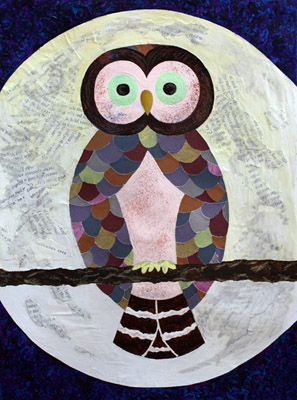
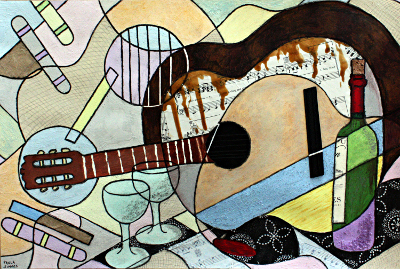
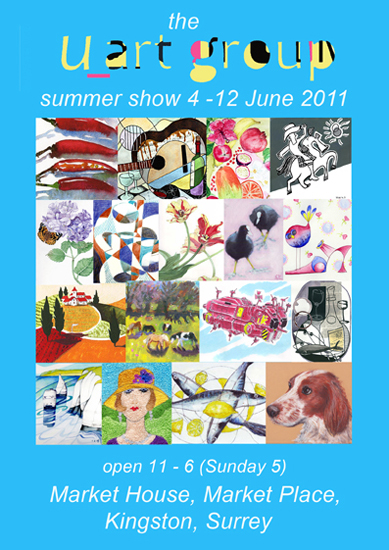
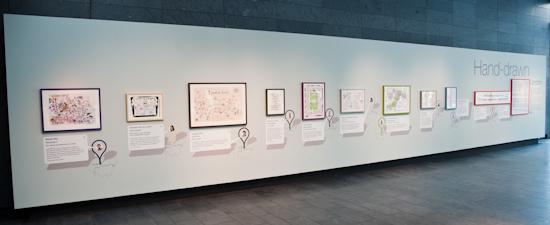
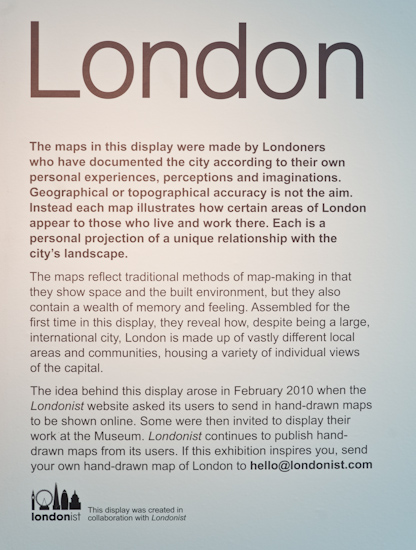
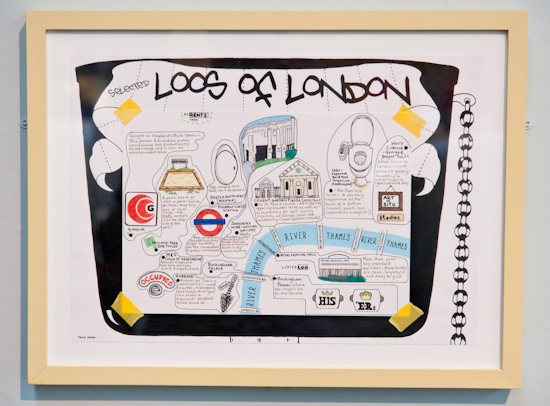
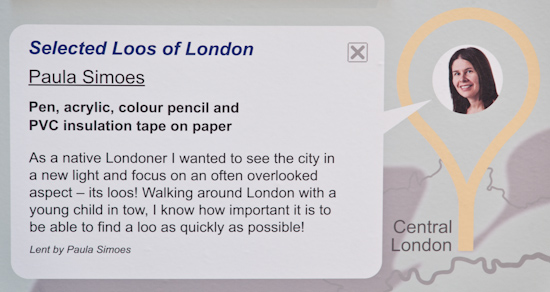
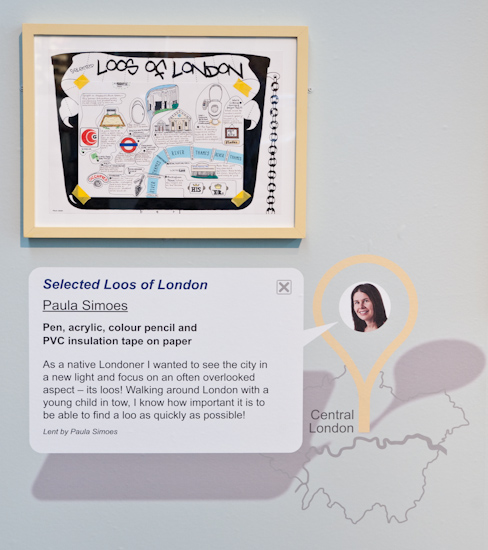
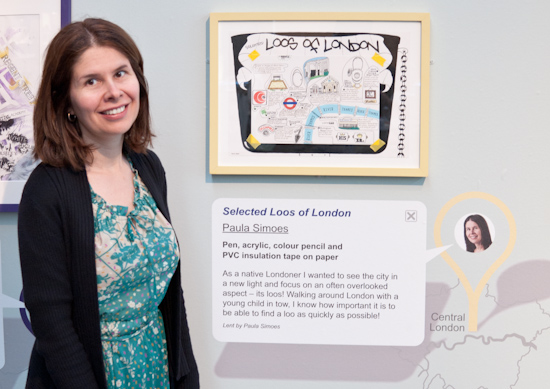



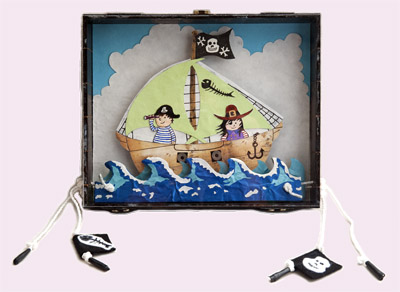 This year I took part in ‘Inspired by..’, the Victoria & Albert Museum’s annual art competition for those on part-time courses. The idea is that you choose an item/items from the V&A’s vast collection and create your own work of art inspired by the piece(s). My offering was inspired by an object at the Museum of Childhood, where the V&A’s toy and childhood-related collection is found.
This year I took part in ‘Inspired by..’, the Victoria & Albert Museum’s annual art competition for those on part-time courses. The idea is that you choose an item/items from the V&A’s vast collection and create your own work of art inspired by the piece(s). My offering was inspired by an object at the Museum of Childhood, where the V&A’s toy and childhood-related collection is found.
